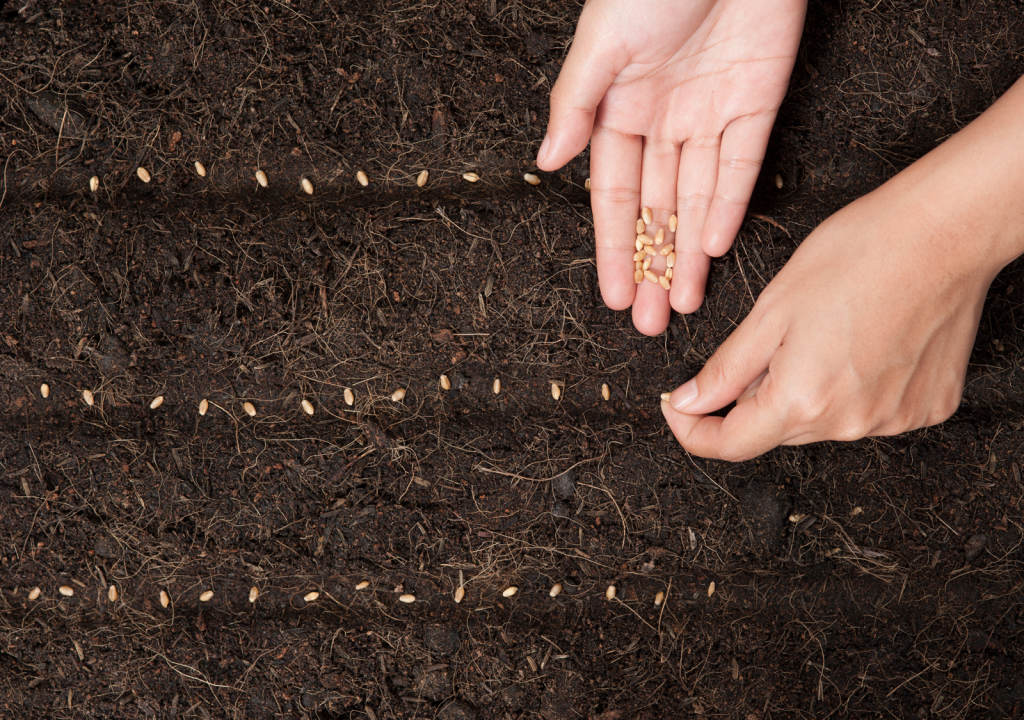When it comes to Conservation Reserve Program (CRP) projects, the quality of the seed used can make a significant difference in the success of your efforts. High-quality seed ensures better establishment, healthier plants, and long-term sustainability. Here’s why investing in top-notch seed is crucial for CRP success rates.
Benefits of High-Quality Seed
- Improved Germination RatesHigh-quality seed has higher germination rates compared to lower-quality alternatives. This means that more seeds will successfully sprout and grow into healthy plants. Consistent germination leads to a more uniform and productive stand, which is essential for achieving CRP goals.
- Enhanced Plant HealthQuality seed produces robust and resilient plants that can withstand environmental stresses such as drought, pests, and diseases. These plants are more likely to thrive and contribute to the overall health and stability of the ecosystem.
- Better Adaptation to Local ConditionsHigh-quality seed is often sourced and developed to be well-suited to specific regional conditions. This ensures that the plants are adapted to the local climate, soil, and other environmental factors, leading to better establishment and growth.
- Reduced Weed CompetitionUsing high-quality seed can reduce the competition from weeds. Seeds that germinate and establish quickly can outcompete weeds for resources such as light, water, and nutrients. This helps in maintaining a cleaner and more manageable field.
Factors to Consider When Selecting Seed
- Purity and CleanlinessEnsure that the seed is pure and free from contaminants such as weed seeds or debris. High-quality seed should be cleaned and processed to remove any unwanted materials, ensuring that only viable seeds are planted.
- Germination TestingLook for seeds that have been tested for germination rates. Reputable suppliers will provide information on the germination percentage, which indicates the proportion of seeds expected to sprout under ideal conditions. Aim for seeds with high germination rates to maximize your planting success.
- Seed Source and CertificationChoose seed from reputable sources that provide certification and documentation. Certified seed has been tested and meets specific standards for quality and performance. This assurance can give you confidence in the seed’s ability to deliver results.
- Seed Mixes and DiversityConsider using seed mixes that include a variety of species. Diverse seed mixes can enhance biodiversity, provide habitat for wildlife, and improve ecosystem resilience. Ensure that the mix is tailored to your specific CRP goals and local conditions.
Long-Term Benefits of High-Quality Seed
- Sustainable EcosystemsHigh-quality seed contributes to the development of sustainable and resilient ecosystems. Healthy, well-established plants play a critical role in soil stabilization, water infiltration, and nutrient cycling, creating a balanced and thriving environment.
- Cost-Effective ManagementWhile high-quality seed may have a higher upfront cost, it can lead to cost savings in the long run. Successful establishment reduces the need for reseeding, weed control, and other maintenance activities, making your CRP project more efficient and economical.
- Enhanced Wildlife HabitatQuality seed supports the growth of native plants that provide essential habitat and food sources for wildlife. This enhances biodiversity and promotes healthy populations of pollinators, birds, and other species that rely on native vegetation.
Investing in high-quality seed is a crucial factor in the success of your CRP projects. By ensuring better germination, plant health, and adaptability, quality seed lays the foundation for sustainable and productive ecosystems. For more information on selecting and sourcing high-quality seed for your CRP efforts, contact FDC Enterprises. Our expertise and premium seed options can help you achieve your conservation goals with confidence.

